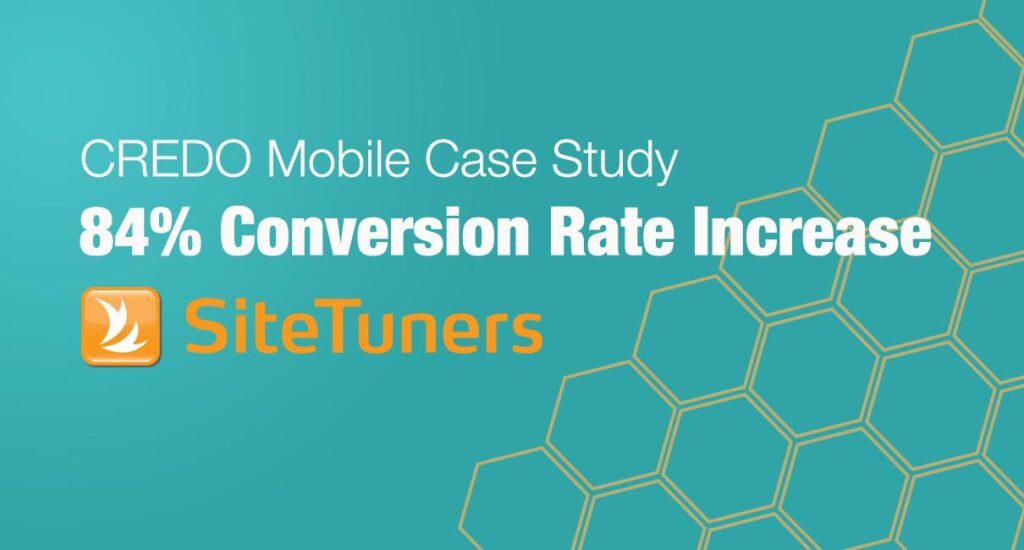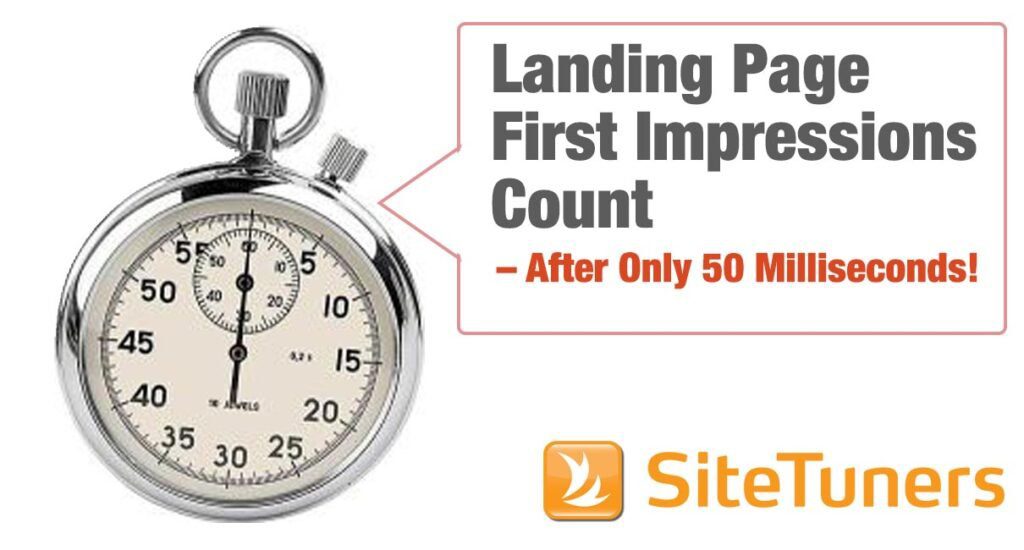Summary: Conversion funnels are crucial for maximizing sales and engagement. Different funnel models like AIDA and TOFU can track and analyze the customer journey. Today’s customer journey is fragmented across various online channels, making it essential to optimize user journeys for optimal conversions.
A potential customer browsing social media comes across an ad for a product and becomes aware of it (awareness stage). They click the ad, enter the consideration stage, read reviews, and compare it to other products. They decide to make a purchase, entering the conversion stage. Businesses can identify effective touchpoints and optimize marketing strategies by mapping this journey.
This article will discuss why mapping user journeys is essential for improving conversions and how you can benefit from it
Understanding Conversion Funnels
Conversion funnels are designed to mirror the journey customers go through when deciding whether or not to purchase from a company. The traditional conversion funnel consists of three main stages: awareness, consideration, and conversion. In the awareness stage, potential customers become familiar with a brand or product. The consideration stage involves evaluating and comparing options, while the conversion stage is when a purchase or desired action occurs. Analyzing the conversion funnel allows marketers to visualize the flow of potential customers and identify barriers or friction points that may lead to drop-offs.

Consider a customer looking to buy a new smartphone. They research brands and models (awareness), compare features and prices (consideration), and then make a purchase decision (conversion). By understanding the funnel stages, businesses can optimize marketing efforts to meet customer needs and improve conversions.
Mapping User Journeys for Optimal Conversions
By mapping user journeys, you can ensure a seamless conversion funnel that effectively guides visitors through your content marketing strategy. This not only enhances the user experience but also drives higher conversion rates. The main stages of a conversion funnel include discovery, consideration and evaluation, and conversion. User journeys represent the complete paths users take through the conversion funnel and beyond, providing insights into their interactions and behaviors. To optimize user journeys, it is critical to define user personas that represent the target audience and tailor the content marketing strategy accordingly. By optimizing content for each stage of the conversion funnel, marketers can engage users effectively and increase conversion rates.
For example, let’s say a company sells fitness equipment. In the discovery stage, a user might find a blog post on the benefits of home workouts. This sparks their interest and leads them to explore the website further. In the consideration and evaluation stage, they navigate different product pages, compare prices and features, and read customer testimonials. Finally, in the conversion stage, they add a product to their cart and complete the purchase. By mapping out this user journey, businesses can identify areas where users may drop off and make improvements to optimize conversions.

Strategies for Optimizing Conversions at Each Stage
To optimize conversions at each stage of the funnel, it is important to tailor content to meet the specific needs of users. Metrics beyond simple likes and views, such as comments, shares, time spent on the site, and pages visited, should be used to gauge the effectiveness of content. In the middle stage of the funnel, engagement, trust, and urgency are key factors influencing users’ decisions. Providing persuasive arguments, offering free trials or demos, sharing how-to guides, and showcasing customer testimonials can be effective strategies to drive conversions in the bottom stage of the funnel. Additionally, Search Engine Optimization (SEO) is crucial in optimizing the customer journey and conversion funnel by providing insights into consumer intent and optimizing content for discoverability and relevance.
For instance, let’s say a company is running an email marketing campaign. In the awareness stage, they send a newsletter with informative content related to their products or services. This helps engage subscribers and build trust. In the consideration stage, they follow up with personalized emails that address specific pain points and offer solutions. Finally, in the conversion stage, they send out a limited-time offer or discount code to create a sense of urgency and encourage immediate action. Businesses can increase their chances of converting leads into customers by optimizing content and using effective strategies at each conversion funnel stage.

Why Your Conversion Rate is Low and How to Fix It
The Role of Executives in Conversion Optimization
Executives play a vital role in decision-making for conversion optimization. To ensure success, executives need to align their decisions with the needs and behavior of customers. This involves setting clear goals, validating important touchpoints within the conversion funnel, and continuously testing and refining strategies. Executives can provide valuable insights and contribute to the company’s overall success by actively participating in the conversion optimization process.
Executives can establish particular conversion goals and key performance indicators (KPIs) to assess the effectiveness of marketing campaigns at every stage of the conversion process. They can work closely with the marketing team to determine and validate touchpoints that have the most significant impact on conversions. By conducting continuous tests and making adjustments, executives can ensure that the company’s conversion optimization strategies remain current and align with their customers’ changing needs.

Use Measurement Tools for a Better Conversion Rate Optimization
Conclusion
In conclusion, conversion funnels and user journey mapping are essential tools for optimizing conversions and driving business growth. By understanding the conversion funnel stages and mapping user journeys, marketers can tailor their content and strategies to guide potential customers toward conversion effectively. Executives play a crucial role in decision-making for conversion optimization, ensuring that strategies align with customer needs and maximizing the effectiveness of the conversion funnel.
Conversion optimization is an ongoing process that requires continuous monitoring, testing, and refinement to achieve optimal results. By implementing these strategies, businesses can enhance their conversion rates and achieve their desired outcomes.


